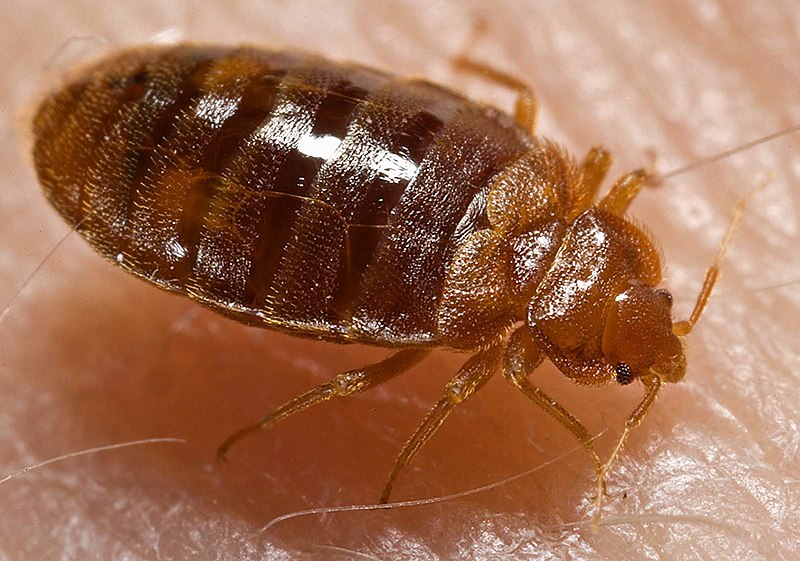קובץ:Bed bug, Cimex lectularius.jpg

גודל התצוגה המקדימה הזאת: 800 × 561 פיקסלים. רזולוציות אחרות: 320 × 224 פיקסלים | 640 × 449 פיקסלים | 1,024 × 718 פיקסלים | 1,280 × 898 פיקסלים | 1,600 × 1,122 פיקסלים.
לקובץ המקורי (1,600 × 1,122 פיקסלים, גודל הקובץ: 161 ק"ב, סוג MIME: image/jpeg)
היסטוריית הקובץ
ניתן ללחוץ על תאריך/שעה כדי לראות את הקובץ כפי שנראה באותו זמן.
| תאריך/שעה | תמונה ממוזערת | ממדים | משתמש | הערה | |
|---|---|---|---|---|---|
| נוכחית | 17:11, 17 במאי 2007 |  | 1,122 × 1,600 (161 ק"ב) | Patho | == Summary == {{Information |Description=ID#: 9822 Description: This 2006 photograph depicted an oblique-dorsal view of a '''bed bug nymph, Cimex lectularius''', as it was in the process of ingesting a blood meal from the arm of a “voluntary” human h |
שימוש בקובץ
הדף הבא משתמש בקובץ הזה:
שימוש גלובלי בקובץ
אתרי הוויקי השונים הבאים משתמשים בקובץ זה:
- שימוש באתר af.wikipedia.org
- שימוש באתר an.wikipedia.org
- שימוש באתר ar.wikipedia.org
- שימוש באתר arz.wikipedia.org
- שימוש באתר ast.wikipedia.org
- שימוש באתר azb.wikipedia.org
- שימוש באתר be.wikipedia.org
- שימוש באתר bg.wikipedia.org
- שימוש באתר bjn.wikipedia.org
- שימוש באתר bn.wikipedia.org
- שימוש באתר bs.wikipedia.org
- שימוש באתר ca.wikipedia.org
- שימוש באתר ca.wiktionary.org
- שימוש באתר ceb.wikipedia.org
- שימוש באתר cs.wikipedia.org
- שימוש באתר cv.wikipedia.org
- שימוש באתר dag.wikipedia.org
- שימוש באתר de.wikibooks.org
- שימוש באתר din.wikipedia.org
- שימוש באתר el.wikipedia.org
- שימוש באתר eml.wikipedia.org
- שימוש באתר en.wikipedia.org
- שימוש באתר en.wikinews.org
- שימוש באתר en.wiktionary.org

